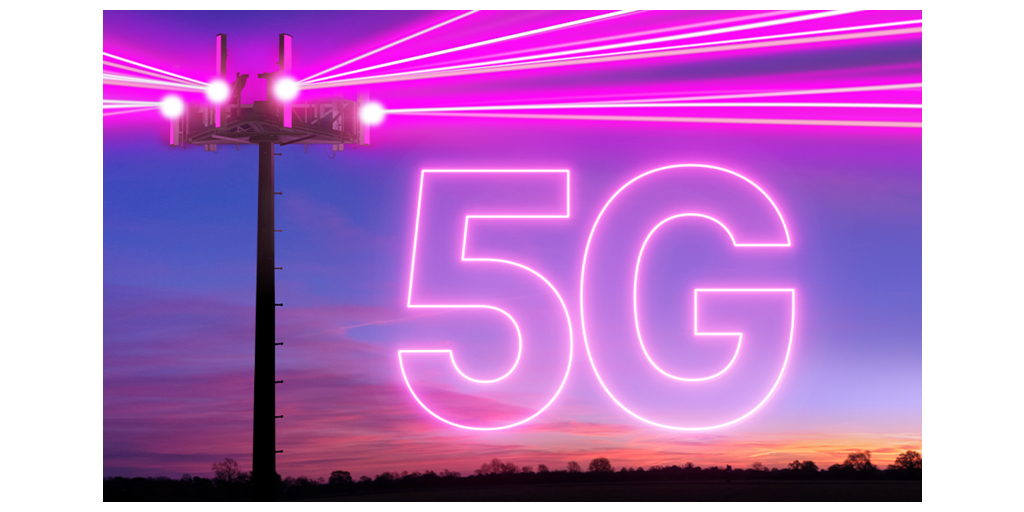Broadcasters Can’t Fake Their Way to Millennial Success
NEW YORK— It is unlikely that anyone reading this post needs to be told that the TV consumption habits of Millennials are dramatically different. A recent study by VideoPulse underscored the fact that their approach is so different that traditional measurement tools don’t even begin to quantify what they are up to. According to that study , “25 percent of viewing among Millennials is on DVRs and over-the-top services and happens outside the Live+7 window, not measured by Nielsen.”

Whatever the numbers may be, this should come as some relief because it belies the idea that the Millennial generation does not watch TV. It exposes a new wrinkle to the topic we wrote about last month when we talked about what programmers need to do to extend their audience. This data suggests that in order to appeal to Millennials, programmers need to get more creative not only in terms of the content they provide, but also in how they deliver it. If we think Millennials will ever come around to accept large monthly cable bills while sitting in front of a massive screen in the living room, we are not paying attention to the evidence.
That said, this is not a riddle with a one-sized fits all answer like “set up a streaming service.” Such services are not easy to deploy and require a different sort of knowledge from what is typically available within TV-facing shops. IT networks were not inherently designed to stream video reliably and deliver the experience TV programmers and consumers expect. To make matters worse, IT teams generally do not understand television production culture, or what it means to deliver every frame of video to every viewer every second of every day.
In order to make good decisions about content and distribution issues, what companies in the TV business need to come to grips with is really a human resources problem. We need to consider how to organize and prepare our technology teams to advise us about building and supporting the new and innovative services our distribution will inevitably become. For example, the next generation of television production facilities supporting UHDTV are likely to use IP technology in their core. How we organize and prepare our technology teams to support what is coming is perhaps the key question for our industry’s leaders in managing our future.
We have already seen a number of attempts to address the changing landscape with structural revisions that did not work. In many companies the IT teams report to the CFO. This makes sense for things like email and Internet surfing when considered in the light of Sarbanes Oxley and other regulations that put substantial burdens on companies to protect corporate data. The approach tends to put the technology first and the company's product second. As a result, it fails to consider shifts taking place amongst the business’ consumers. If the technology delivers the product, where does responsibility for its oversight belong? Said another way, would you want the guys who administer your business systems to also run your factory?
Many companies manage this by forming two departments: IT—for finance and office systems—and Broadcast IT—for production and distribution—and even go so far as to have two network teams. This is simple, but wasteful and can create an unhealthy competitive environment.
Another response is to have the broadcast technology domain report to an IT-centric CTO who in turn reports to the CFO. The results are often disastrous when measured from the perspective of the production teams in the trenches.
The professional video industry's #1 source for news, trends and product and tech information. Sign up below.
Still others will choose to outsource their critical functions. Examples are the recent decisions from HBO and NHL to have MLB Advanced Media develop their new on-line platforms. Most of the team which created the well-received HBO GO is now gone, but MLB brought HBO Now to market much more quickly than it could have been done internally.
A healthy approach that has worked is a scenario in which broadcast and IT teams merge under the direction of a COO or Broadcast-centric CTO. Placing people with the IT-centric knowledge inside teams who get broadcast culture can work well. It is a product-first approach that centralizes the management of company networks and allows for creative, forward-thinking new organizational solutions such as the formation of Digital Media Delivery teams. In other words, it is an approach that aligns the technology teams with the creation and distribution of products.
It’s tempting to think of IT technology as all the same. I suggest thinking of IT as a tool, the way you might think of an electric motor. A motor could drill a piece of wood, make a toy car move or blend a soufflé. How you organize all the bits around the mechanism dictates whether you get the desired result. The best businesses are the ones that organize around delivering their product. The skills of IT and the skills of broadcast must be organized around the one goal.
There are many great experiments under way and it will be very educational to see how they play out. Just a few weeks ago, CBS announced that it will live stream select regular season, playoff and, biggest of all, the Superbowl via its NFL on CBS service. Interestingly these streams will not require authentication, meaning they are available to folks, notably Millennials, who don’t pay for traditional TV services.
It will be fascinating to see if such an experiment provides a much needed bridge connecting Millennials to traditional, high value commercial programming. The Millennial generation is often defined by its quest for authenticity. Meeting that standard starts with genuine change from within. Broadcasters are going to need to bring people, infrastructure and products into alignment with this next-generation audience that has rejected the old models.
Larry Thaler is the President of Positive Flux, a consulting firm that specializes in helping media companies take advantage of the rapid changes occurring in the industry. Through applied technology, streamlining operations and business strategy, the firm helps clients enter new markets, improve their operations and reduce cost. During more than 30 years in the industry, Larry has led key innovative efforts in both traditional broadcasting and new media. He has been honored with three Emmy awards for technical innovation for the 2006 and 2008 Olympic games and a National Technical Emmy for NBC’s implementation of AFD technology.
